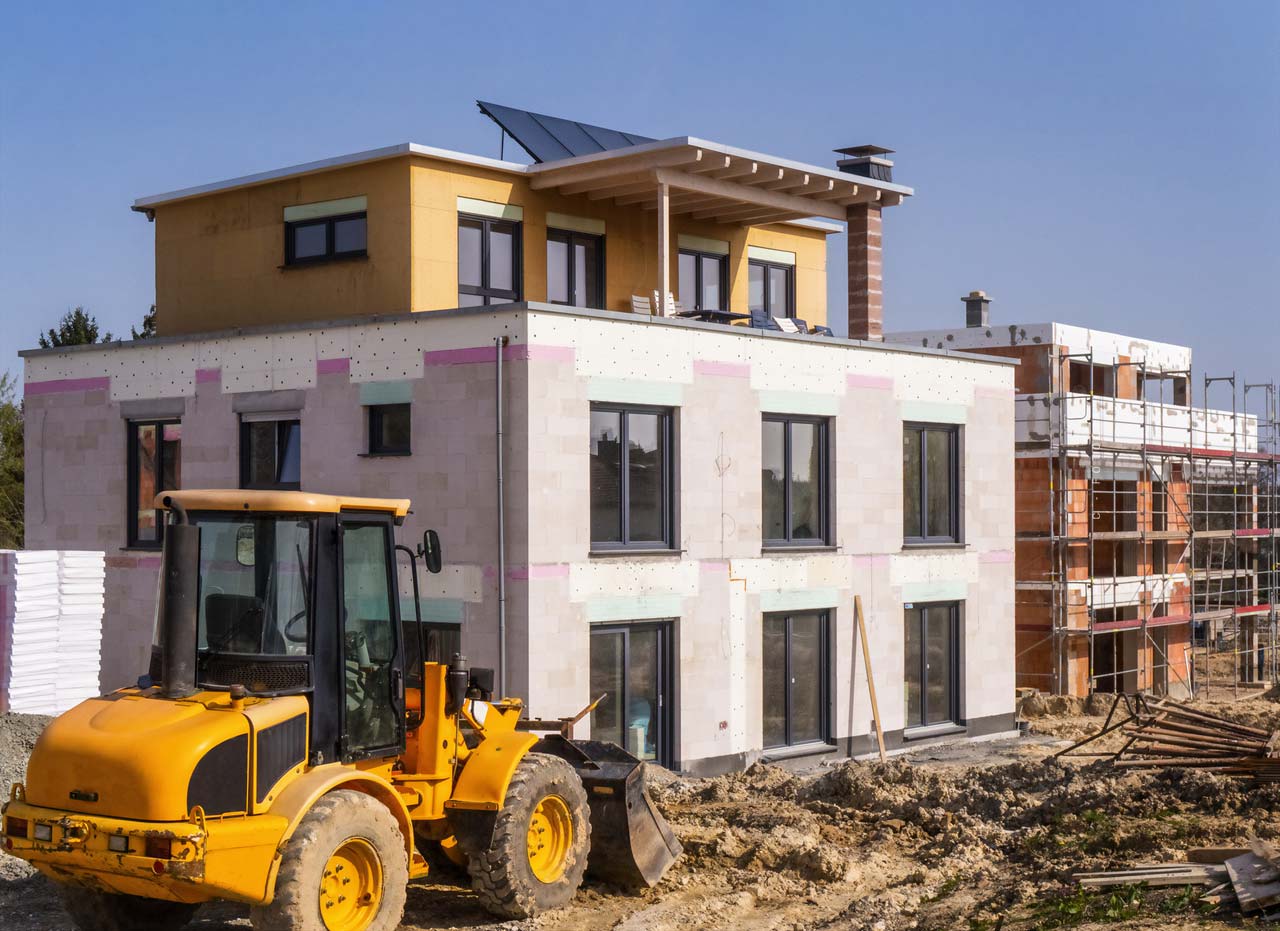Heat by gas – the gas boiler and its properties
Anyone who decides to install a gas heating system in their property will be confronted with many terms that can quickly cause confusion. Gas boilers, condensing boilers or even instantaneous gas water heaters are just a few examples. What is the best way to approach new gas heating and how important is actually the right gas boiler for your gas heating?
The gas boiler – how it works, models & the most important facts
The term gas boiler presents some difficulties, as it is not clearly defined as a technical term. The word has become rather naturalized and generally summarizes all wall-hung devices. However, these devices can again be differentiated according to their mode of operation. There are so-called instantaneous water heaters, which only function as hot water preparation, but also other devices that can be used as boilers and are usually listed under the term combi-therme.
- Keyfact 1 – Gas boilers can work with or without a water tank, so they are variable and can be used individually.
- Keyfact 2 – Gas boilers can be combined with renewable energies and are environmentally friendly with biogas
- Keyfact 3 – Wall-hung gas boilers are small, compact and practical They are perfect for detached houses and condominiums
How it works – how does a gas boiler work?
Gas boilers have a modulating mode of operation, i.e. they work in a power-modulating manner. The burner output of the boiler is therefore always adapted to the current demand of the household. If the outside temperatures are low, the gas boiler usually operates at full output. In transitional months, the output can be reduced to 40 to 50 %, thus saving energy. Another possibility is a combination with an electronically controlled circulation pump. In this application, the modulation range can be between 20 and 100 %, which reduces gas consumption enormously.
Modern gas boilers are also built with condensing technology. The heat present in the flue gas is therefore used and not wasted. In addition, a normal chimney is not necessary with a gas boiler. The flue gases are cooled down by the condensing technology to such an extent that they can be discharged through a flue pipe with a small diameter. This pipe can be made of plastic or stainless steel, as these materials are sufficiently corrosion-resistant. Existing chimneys cannot be used, but the flue gas pipe can be routed through them.
Combi boilers produce both heating water and hot water for domestic use. Such boilers have an integrated heating control that switches over when a hot water tap is turned on at a tap point. The hot water is then diverted to where it is needed. But this technology also has a disadvantage. The hot water cannot be made available immediately to where it is needed, as it takes a moment to switch and divert. So cold water first flows out of the tap before the hot water arrives. To counteract this disadvantage, a micro storage tank with a capacity of five to ten litres can be installed to provide hot water immediately in such situations.
Gas boiler or gas boiler – features, differences & functionality
The gas boiler is characterised by the fact that it has neither an integrated nor a separate water storage tank. The heating water is led past the gas burner in a pipe and thus heated. In the case of a gas boiler, there is a water storage tank inside, in which a large amount of water is continuously heated by the gas burner. However, in both models, all the other components are equally included such as the circulating pump, the controls and the necessary expansion vessels. Both models also have many advantages and disadvantages, which can be decisive for the decision depending on individual circumstances.
A gas boiler can be used either for the preparation of hot water or combined whereby additionally the heating operation becomes possible. No matter which model you choose, the heating of the water always happens in the same way. As the gas boiler does not have a water tank, the water is fed through a pipe past the gas burner where it is heated. The great advantage that has developed through this technique is that hot water is only ever prepared when it is needed. Whereas a gas boiler always provides a large water storage tank full of hot water, the gas boiler only produces water when it is needed. This not only saves energy, but also greatly reduces the risk of legionella. However, how much hot water can be produced by a gas boiler generally depends on the output of the gas boiler.
This results in the following situation: A boiler in an apartment building is installed for all apartments and the hot water is provided decentrally. Here, additional electric instantaneous water heaters are used, although a gas boiler is very suitable as an alternative.
Hanging or standing – which model is suitable for your property
The gas boilers are available in a wide variety of models. An essential decision also concerns the future place where the therme should be located. So that individual wishes can be met, there are models that hang on the wall as well as models that can stand on the floor. These models offer different advantages and disadvantages.
The floor-standing gas boiler – high space requirement & large output range
When replacing an old gas boiler with a new condensing boiler, it makes sense to reuse the space previously required to install the new gas boiler on the floor. This is not only favourable because the installation effort is kept very low – as gas pipes etc. do not have to be re-laid – but also because the individual components are more easily accessible, thus enabling simple maintenance. The gas boilers installed on the floor require more space and need about 2-3 m² of space, but this space is available from the previous model anyway and is therefore simply reused. Floor-standing gas boilers also have another big advantage because the output range of this model is significantly higher than that of the more compact model on the wall. This gas boiler is therefore particularly suitable for apartment buildings or households with a large power requirement.
The wall-hung gas boiler – space-saving & inexpensive
Wall mounted gas boilers require much less space than floor standing models. For a wall mounted gas boiler only about half a square meter of floor space (floor space under the device) is required. They are therefore very variable and can even be easily installed in kitchen units, closet niches, the attic, but also in basements. Depending on which model you choose, however, you will also have to calculate the space required for the water storage tank. This is used, for example, in combination with a solar thermal system. Another advantage of wall-hung units is the low purchase price. The small compact devices are comparatively very inexpensive next to the larger floor-standing models. The wall-mounted model is therefore particularly suitable for detached and semi-detached houses, but also for owner-occupied flats. The performance range here is lower than for the floor-standing model, but is completely sufficient for the area of application. The installation effort of the models is very low, the devices are easily transportable and above all inexpensive.




